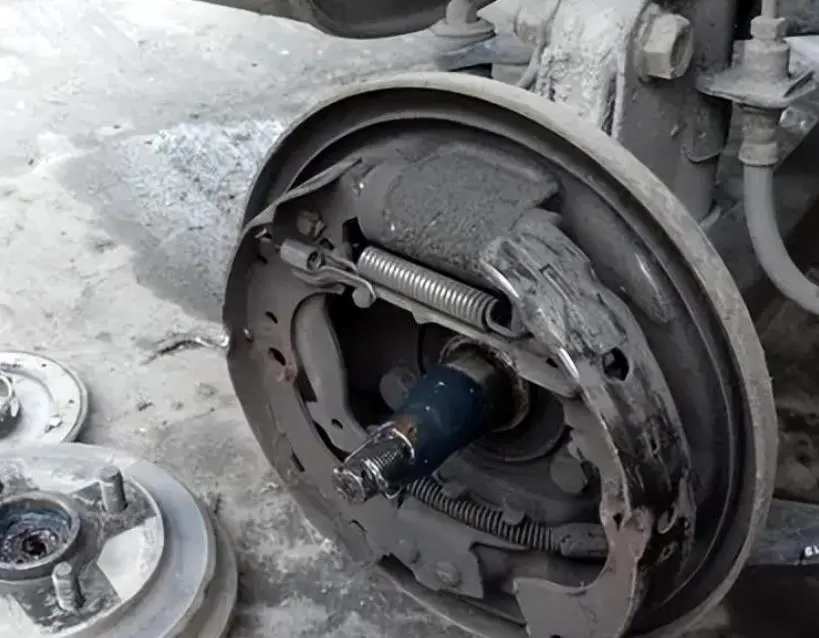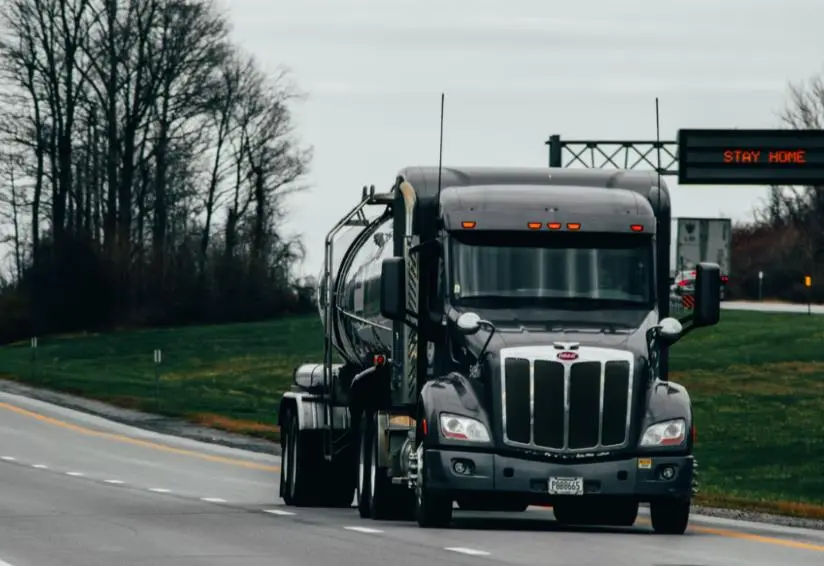What causes the car to vibrate when the brakes are applied?
Vehicle shaking is a problem encountered by many drivers, especially when the vehicle is braking, the body will vibrate as soon as the brake is stepped on. Although sometimes it does not affect the vehicle to slow down or stop, it is somewhat worrying. After all, vehicle braking is directly related to driving safety.

Under normal circumstances, the shaking of the vehicle when stepping on the brakes is closely related to the braking system and chassis components. Specifically, the reasons can be found from the following aspects.
1. Eccentric wear of the brake
The wheels on both sides of the vehicle are equipped with separate brakes. When the driver steps on the brakes, the brake drums and brake pads at both ends should work simultaneously to output braking force continuously, evenly, persistently and stably, so as to realize the deceleration or braking of the vehicle. stop.
However, in actual use, due to driving habits, driving environment, brake pad material, etc., the brake pads at both ends may be worn to varying degrees. At this time, when the brakes are stepped on, although the brakes at both ends can respond at the same time, due to the excessive wear of the brake pads on one side, the distribution of the braking force will be uneven, which will cause the body to vibrate.
The same situation also appeared after the owner replaced the brake pads on one side alone. When the owner found that the brake pads on one side were excessively worn, he replaced the brake pads in time. However, since the wear degree of the newly replaced brake pads is still different from that of the brake pads on the other side that have been used for a period of time, it may also cause Body braking is activated.

2. The bump of the brake
If the driver is used to braking with a point brake for a long time, it will also cause a concave and convex phenomenon on the inner wall of the brake pad and the brake drum. Then when braking, the brake pads stick to the uneven brake drum, output uneven braking force, and the body will shake.
3. Hard brake pads
At present, there are many brands of brake pads on the market, and the quality is uneven. Especially the brake pads produced by some unknown small factories are not well matched with the trailer axle, and the hardness is too high. To a certain extent, the friction coefficient is too high. In this way, there will also be vibrations when the brake pads and the brake drum are frictionally braked.
4. The brake drum is deformed and out of round
In general, brake drums have a longer service life than brake pads, but if not used properly, the service life of brake drums will also be shortened.
For example, water spray is commonly used for drum brakes to cool down. If the water shower is often used when the brake drum is red hot, it is easy to cause cracks or textures on the brake drum. If things go on like this, the cracks will continue to expand, eventually causing the body to shake.
Another example is that the brake drum is subjected to bumps or impacts in a red-hot state. Due to the high temperature, the material of the brake drum is easy to soften. shivering phenomenon.
It is worth noting that, compared to the out-of-round deformation of the brake drum, its cracks or lines often need to be removed from the wheel end to see clearly. This requires the driver to check the brake drum regularly and remember to replace it in time if there is a problem.

5. Modify the brakes without authorization
"Brake King" is well-known in the circle, and many car owners who run mountain roads have basically used it. Response time shortened, braking force enhanced.
Many drivers modify the "Brake King" to improve the braking reliability of the vehicle. It is not difficult to find that the braking effect brought by the "Brake King" is achieved by controlling the air volume, and the basic braking principle has not changed. Although the driver subjectively feels that the braking force comes faster, it destroys the coordination and balance of the original vehicle's braking system, and loses the linear growth of the braking force, resulting in insufficient air pressure for some vehicles that are relatively slow to inflate downhill, and the braking distance extend. In addition, blindly increasing the air flow will accelerate the abnormal wear of the brakes, which may cause brake shaking, damage to parts, and cause vehicle brake failure if it is severe. These are all very dangerous things.
At the same time, modifying the brakes without authorization and increasing the air flow of the relay valve may also cause the air pressure of the brake cylinders on both sides to be unbalanced, causing deviations in the braking force of the wheels on both sides, and the phenomenon of brake vibration will also occur.
In addition to the above reasons, deformation of the steel ring, loose bearings, uneven bonding between the brake drum and the steel ring, loose tie rod balls, unbalanced tire pressure, out-of-round tires/bulges/abnormal wear, etc., will also cause the body to appear. Car owners don't need to be too panic about the trembling phenomenon, but they can't ignore it. If you can't repair it by yourself, you can go to a professional repair station, and generally it can be checked or improved.







